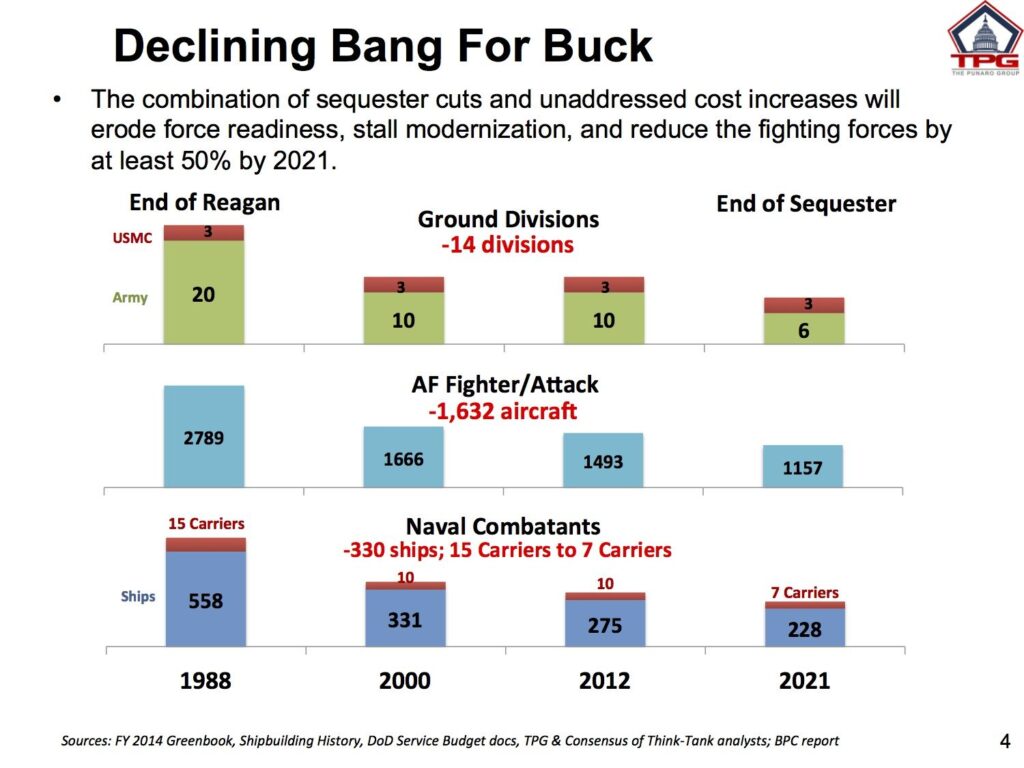Pressure Snowballs To Fix Pentagon Buys; Kendall Outlines Scrub Of All Acquistion Laws
Posted on
WASHINGTON: Acquisition reform. It almost makes you feel good to hear those words. They connote improvement, reason and good government. But the more acquisition reform America gets from Congress and the Pentagon, it seems, the less return we get on each dollar we spend.
Estimates of the cost of government oversight of Pentagon acquisition range from $6 billion up. The amount of time and money it takes to deliver most major weapons has increased ever since the famous Packard Commission.
Combined that with sequestration and the coming drawdown of US forces around the world, and there seems to be a growing consensus that the laws governing how the Defense Department buys its weapons need a complete makeover.
Today, the Pentaogn’s top weapons buyer, Frank Kendall, told an audience of acquisition experts at the Center for Strategic and International Studies that his office is “looking at the body of law on acquisition management” with an eye to fixing it all. He plans to work very closely with Congress on this — as he must. Between the complexity of the laws themselves, their number and the keen congressional interest this is “not going to be a quick and easy job,” Kendall noted dryly.
Meanwhile, one of the most powerful defense lawmakers has taken it upon himself to pursue broad improvements to the acquisition process. House Armed Services Committee co-chairman Rep. Mac Thornberry, one of the most intelligent legislators dealing with defense issues, held the first of a series of hearings on acquisition last week.
To get an idea of the amount of acquisition reform Congress has thrown at the problem, read this testimony by Moshe Schwartz, acquisition expert at the Congressional Research Service:
“In recent years, the primary mechanism by which Congress has exercised its legislative powers to reform defense acquisitions has been the annual National Defense Authorization Act (NDAA). Sections of these acts have prescribed requirements applicable to both specific acquisition programs and the acquisition structure overall, the latter of which has typically been addressed in Title VIII, which is usually called ‘Acquisition Policy, Acquisition Management, and Related Matters.’ Over the last six years, the Title in the NDAA dealing with acquisitions included more than 275 sections.”
Schwartz’s testimony also includes this gem: there have been more than 250 studies of defense acquisition since World War II, an average of more than three-and-a-half every year since 1945.
How much effect have all those studies and laws had, according to Schwartz?
- “Since 1993, development contracts have had a median of 32% cost growth (not adjusted for inflation).
- “Since 1997, 31% of all Major Defense Acquisition Programs have had cost growth of at least 15%.
- “During the period 1990-2010, the Army terminated 22 Major Defense Acquisition Programs; every year between 1996 and 2010, the Army spent more than $1 billion on programs that were ultimately cancelled.
- “Aircraft development times have increased significantly since 1980.”
Breaking this pattern to allow for faster, cheaper and more effective weapons buying appears to be Thornberry and Kendall’s goal. I spoke with several longtime practitioners of the dark art of acquisition after the CSIS event. Their consensus was that there’s a reasonably good chance that Congress soon will scrap existing acquisition laws in favor a new, more streamlined approach.
If we continue on our current path — bound by sequestration and hobbled by laws that don’t seem to have improved things much over the years — we are likely to arrive at the juncture outlined in the chart at the top of the story.
“If we don’t make some fundamental changes to how we are making decisions, we are going to have a dramatically smaller fighting force,” Arnold Punaro told the CSIS audience. Punaro, of course, authored the widely read Defense Business Board study on acquisition. Our readers will remember how he summed up his take on the existing system: “Put a match to it.”
Subscribe to our newsletter
Promotions, new products and sales. Directly to your inbox.

